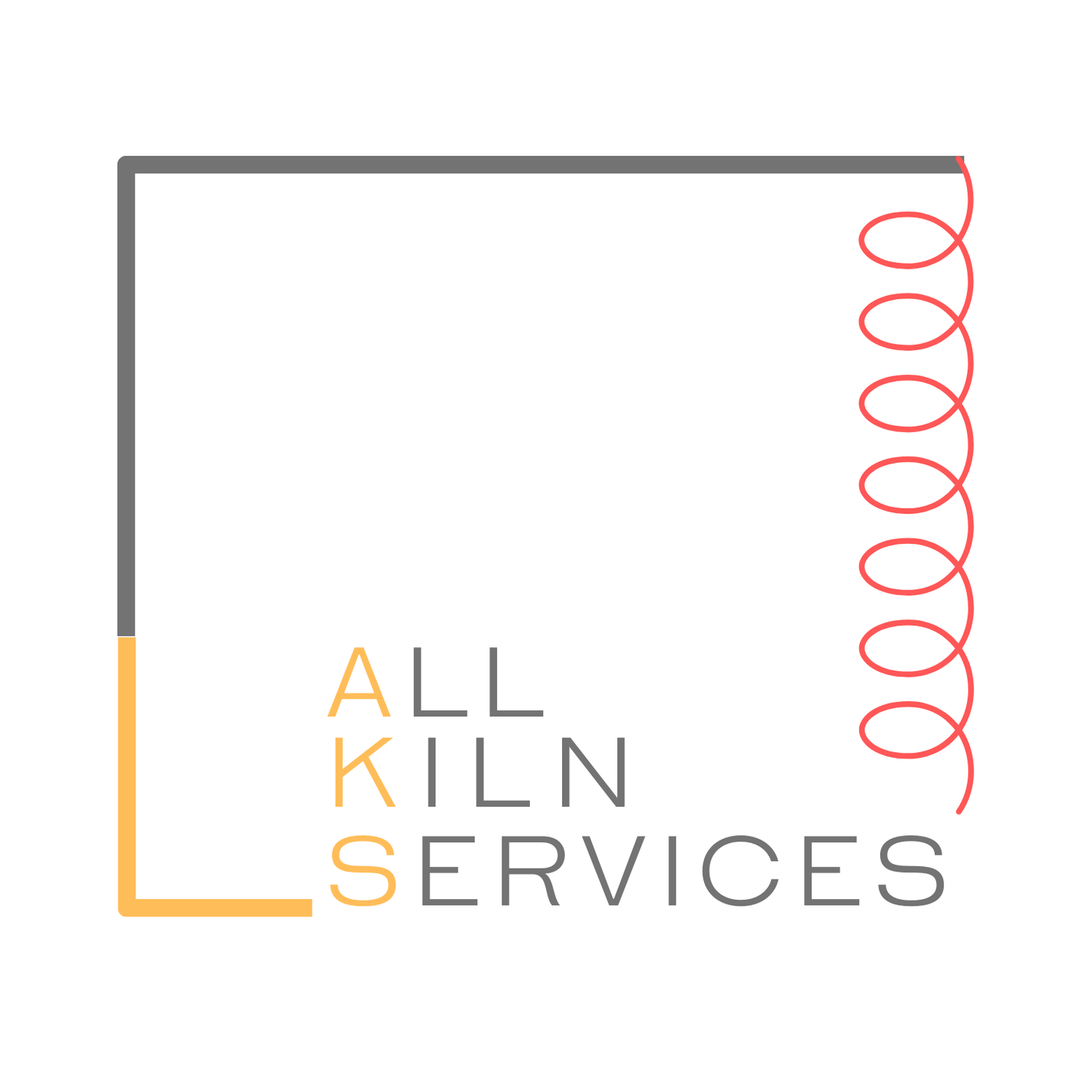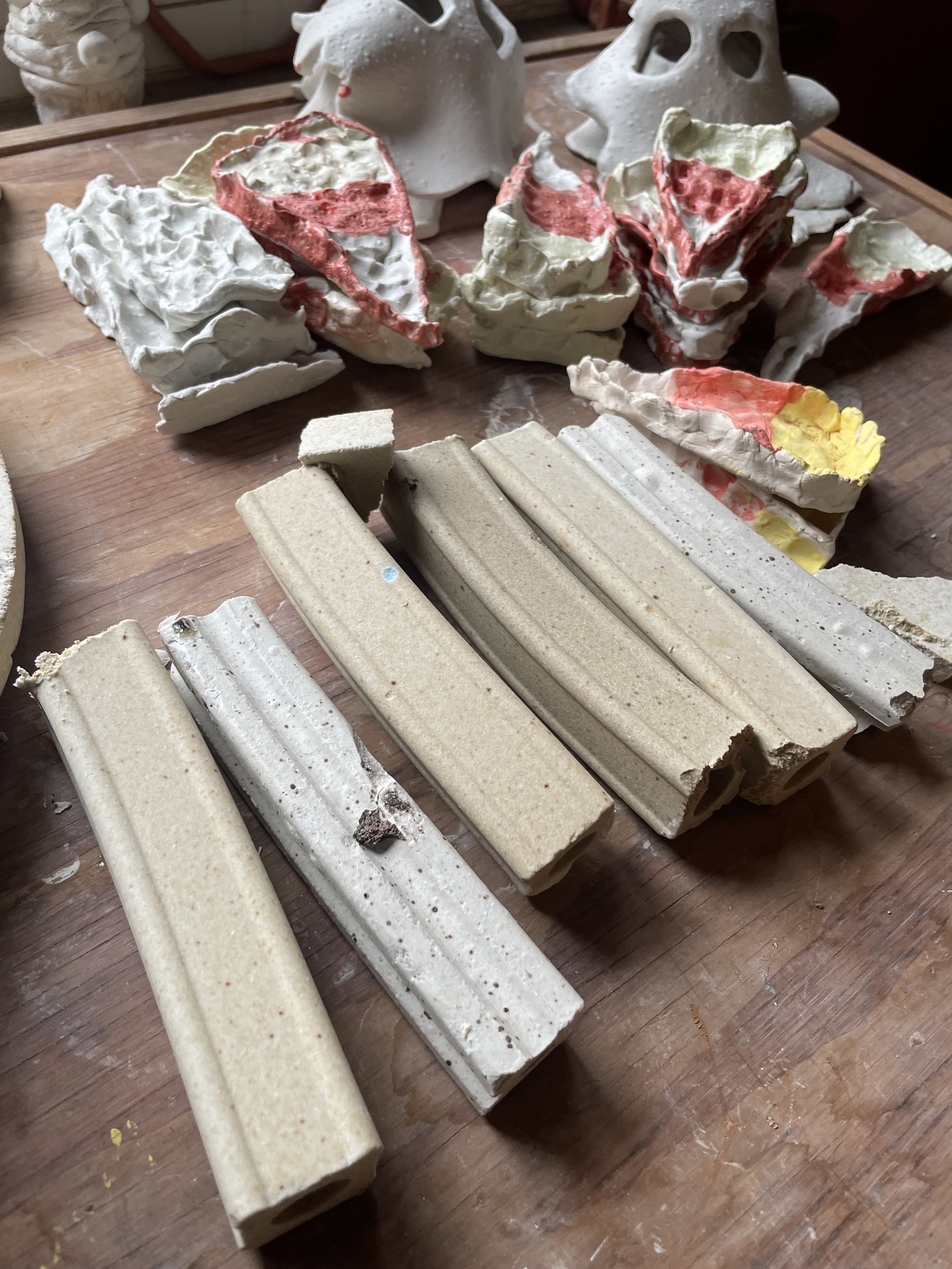8 Reasons Why Manual Sitter Kilns Pose Safety Risks in Schools and Studios
While sitter kilns offer convenience and simplicity in operation, their design and functionality pose significant risks, which is why we always recommend replacing them with digital kilns. We outline our top 8 reasons why sitter kilns present such a pronounced safety risk, equipping schools and studios with the knowledge needed to make informed decisions about the kilns in their studios.
1. Limited Temperature Control: Manual “sitter” kilns rely on a mechanical device called a "kiln sitter" to control the firing process, while some incorporate mechanical timers as well. These devices are not as precise as modern digital controllers, making it challenging to maintain consistent temperatures. This inconsistency can lead to under or over-fired work, posing a risk to work inside the kiln and wasting materials.
2. Difficulty Monitoring Firing Progression: With manual sitter kilns, there's no real-time monitoring of the firing process. The kiln user must rely on periodic visual checks, which may not be sufficient to catch potential issues such as overheating or electrical problems. Manual kilns do not have integrated thermocouples or pyrometers to read temperature in the kiln.
3. Risk of Overheating: Manual sitter kilns can be prone to overheating if the sitter mechanism fails or if it's not properly calibrated. This can result in damage to the kiln, surrounding equipment, and even pose a fire hazard. The most serious meltdowns and safety issues we see are almost always on older manual kilns.
4. Limited Safety Features: Unlike modern digital kilns that come equipped with safety features such as automatic shut-off mechanisms and error alarms, manual sitter kilns lack these essential safety measures. In the event of a malfunction or user error, there's a higher risk of accidents and injuries. One example is if the kiln lid gets left open - a digital kiln will sense the issue in not reaching its programmed set point temp and shut the kiln down. If this happens on a manual kiln the kiln will attempt to fire to high temperatures indefinitely, which, obviously, is a serious safety and fire hazard..
5. Manual Operation Increases Human Error: Operating a manual sitter kiln requires precise manual adjustments, increasing the likelihood of human error. Students and teachers may inadvertently set incorrect firing schedules or fail to monitor the kiln adequately, leading to potentially dangerous situations.
6. Potential for Electrical Hazards: Manual sitter kilns, especially older models, may have outdated electrical components that pose a higher risk of electrical hazards such as short circuits or electrical fires. These risks are amplified in a school setting where kilns may be used frequently and by inexperienced users.
7. Maintenance Challenges: Manual sitter kilns often require more frequent maintenance compared to their digital counterparts. Without proper maintenance, components such as the sitter mechanism, wiring, and insulation can degrade over time, increasing the risk of malfunctions and safety hazards.
8. Inadequate Training and Supervision: Proper training and supervision are essential when operating any type of kiln, but manual sitter kilns may require additional vigilance due to their inherent safety risks. In a busy school environment, ensuring that all users are adequately trained and supervised can be challenging, further increasing the likelihood of accidents.
In conclusion, while manual sitter kilns may have been common in the past, their safety risks make them unsuitable for use in schools today. Investing in modern digital kilns with advanced safety features not only mitigates these risks but also provides students and teachers with a safer and more reliable environment for learning the ceramic process. Digitally controlled kilns result in safer, more reliable, and successful firings.
Ready to make the switch? We are a distributor for many reputable kiln manufacturers and can help you find the right kiln for your specific needs. Take a look at our new kilns page to learn more, and send us an email to chat more.




